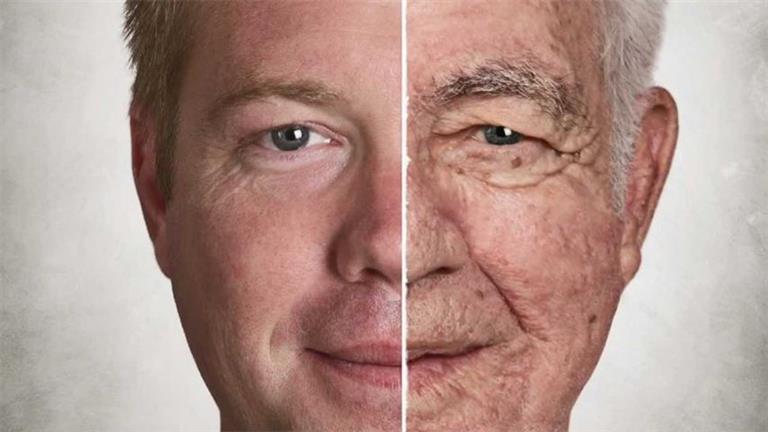World Fund for Nature
News from the NOS•today, 01:25
Wildlife continues to suffer around the world. The groups they live in are getting smaller and smaller. In the Living Planet Report published last night, the World Wildlife Fund (WWF) says populations have decreased by 69% since 1970.
The decline comes when wildlife habitats come under pressure from agriculture, climate change, overfishing, poaching and pollution.
In tropical areas, the size of the wild animal group decreases the most. In Latin America and the Caribbean, the population shrank by an average of 94% between 1970 and 2018.
The decrease is also noticeable in fresh water, with an average of 83%. It is due to habitat loss, but also to obstacles such as dams and dams in rivers. This also applies to fish and other freshwater animals in Dutch rivers.
More and more complete picture
The conservation organization publishes the report every two years. Nearly 100 scientists from around the world track wildlife statistics, such as how many they are and where they live. New groups are added to each study so that the picture becomes more and more complete.
This year’s report looked at 32,000 populations of 5,230 wildlife species, including mammals, birds, reptiles, amphibians and fish. This data has been stored since 1970.
Link with climate change
In the report, WWF establishes a link between climate change and biodiversity loss. The two are inextricably linked, says meteorologist Reinier van den Berg, WWF ambassador.
“Climate change has a major impact on nature and biodiversity. Heat, drought, fires but also floods are the fingerprints of global warming. Conversely, nature’s recovery can significantly slow down climate change. For example, protection. of forests can not only provide plenty of CO2 storage, but also for drought reduction and heat recovery. “
With the report, WWF wants to warn governments, businesses and the public to take drastic measures now to reverse the decline in biodiversity. The goal is to protect 30% of global natural areas by 2030 so that they are not further damaged and can recover. Currently, 14.6% of the earth’s surface in the world is designated as protected.


